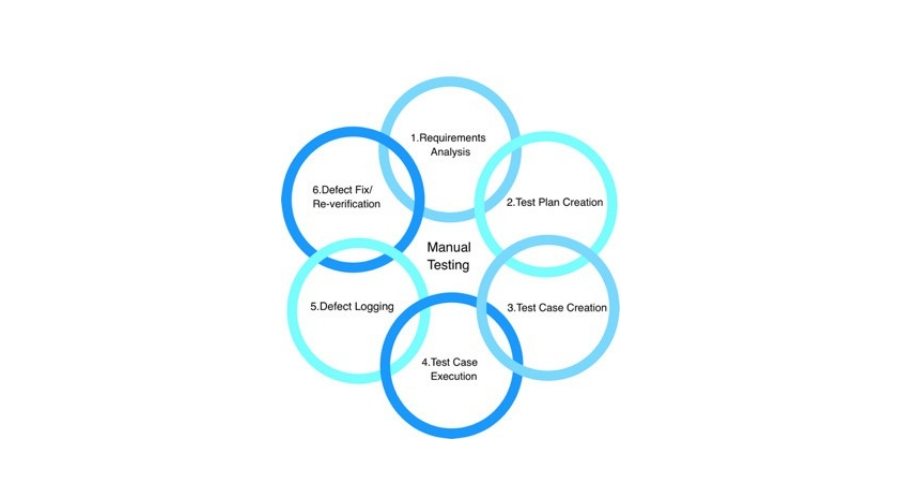Testing is a critical phase of quality control. Failure to include a well-defined test strategy in an organization’s development process can make or break a product’s success in the market.
The right combination of manual and automatic testing will result in a higher-quality product, and that’s ultimately what everyone wants for their users.
With Jama’s Test Management Center, Quality Assurance (QA) teams can design reliable testing strategies resulting in defect-free products that adhere to even the strictest compliance standards.
Constructing robust testing strategies requires broad strategic thinking, and more often than not teams begin formulating testing strategies too late in the game.
By providing QA teams with more visibility earlier in the product development process, you’ll increase quality by identifying problems before they arise and devoting the right resources to fix them.
A reliable testing strategy typically involves six phases. With the proper implementation, product developers can consistently deliver high-quality products that exceed expectations.
Requirements Analysis
In Jama Connect, every test case can be linked back to a requirement. This allows QA teams to have immediate visibility to test cases while clearly understanding the critical requirements behind each test.
It’s crucial that teams understand specific feature and design expectations and are able to resolve any conflicts stemming from unclear or unspecified requirements. With this unique requirement linkage, teams can spend less time on requirements analysis and more time solidifying their test plans.
Test Plan Creation
The test plan is the most important phase in the testing strategy. This document outlines the entire testing process for a specific product.
Well-executed and documented test plans ensure high-quality products. The success or failure of a product can depend on how well a test plan is carried out.
QA teams want to achieve quality in efficient and risk-free ways, so it’s important that a well-formulated test plan can be reused as a template for additional test plans.
With Jama Connect, teams can reuse the test plans they’ve created in Test Management Center for projects with the same requirements, saving time and increasing confidence in their compliance.
Test Case Creation/Execution
At the completion of your development cycle, it’s time to get testing with a well-documented test plan.
With Jama’s Test Management Center, you can easily create and execute many types of manual tests, including functional tests, non-functional tests and maintenance tests.
This is when all the stakeholders come together to review any product defects — often in the form of technical reviews centrally conducted within the system. Finally, after each test, a test report is generated that details a list of defects identified.
Defect Logging/Fix
It’s important for quality and development teams to work closely together with real-time visibility into defects across all teams.
When QA teams log defects in Jama Connect, those defects will be immediately visible to development teams in ALM tools such as Jira, streamlining the end-to-end, find-fix-resolve process.
While manual testing helps QA teams understand the entire context of a problem from an end-user perspective, Jama’s API makes it easy to link to automation tools such as Jenkins, TeamCity, Selenium and TestRail to run multiple tests in a short period of time.
With Jama’s Test Management Center, organizations are empowered to manage product development and meet compliance standards at a faster pace.
Have the testing phase down to a science? Great! Check out this short webinar to learn more about key metrics for product development success.

